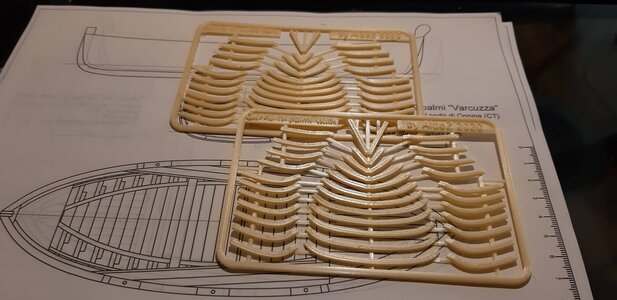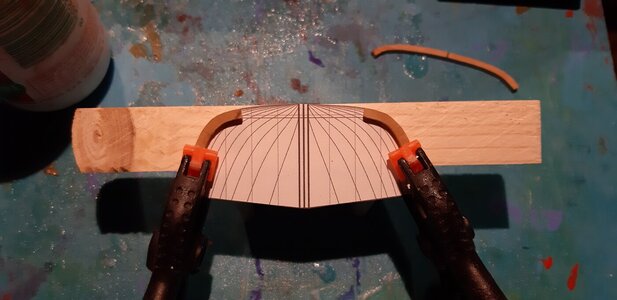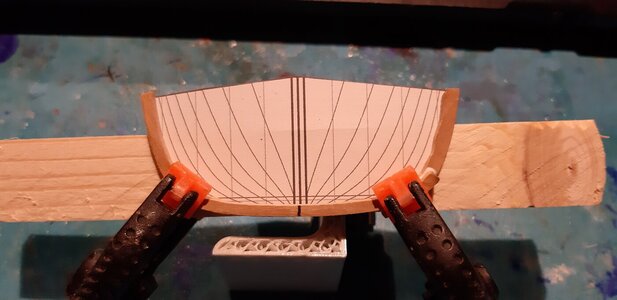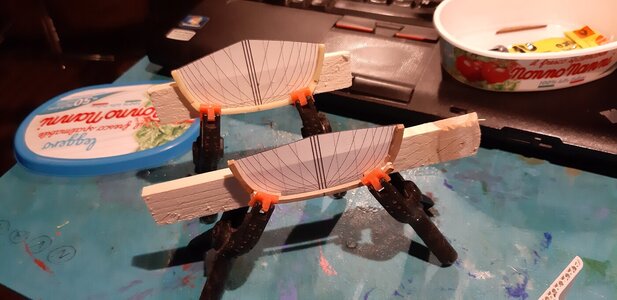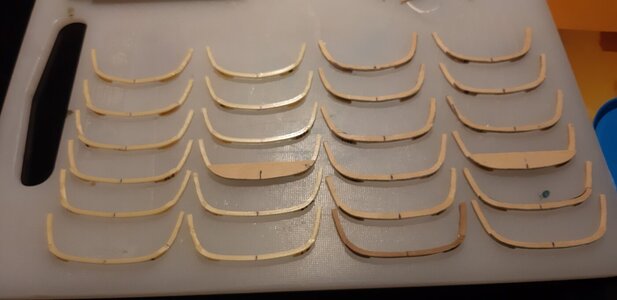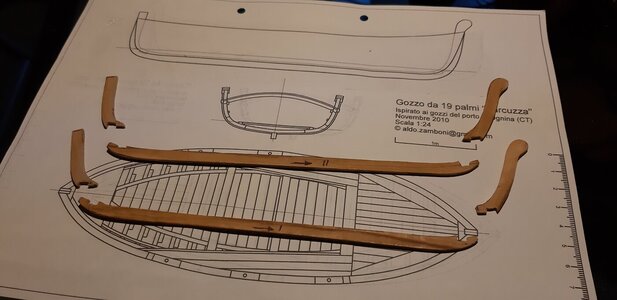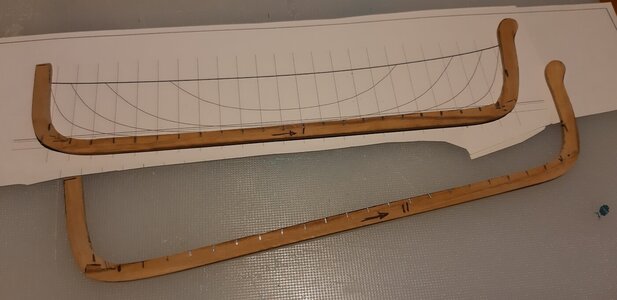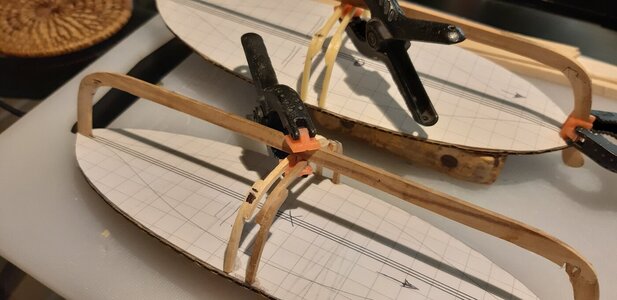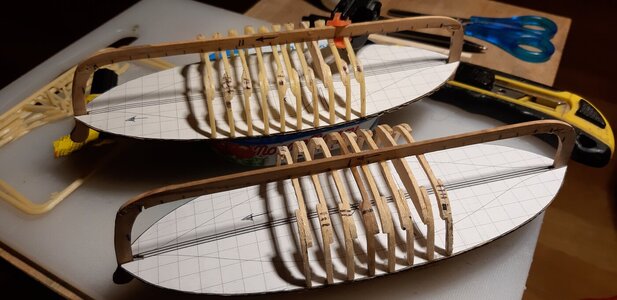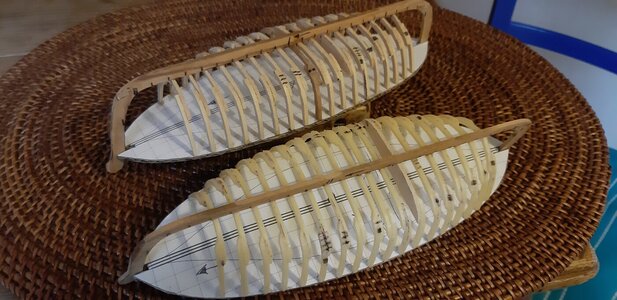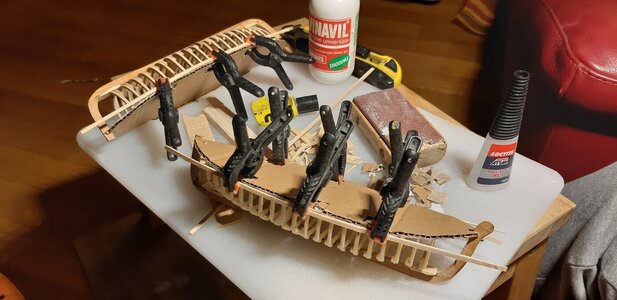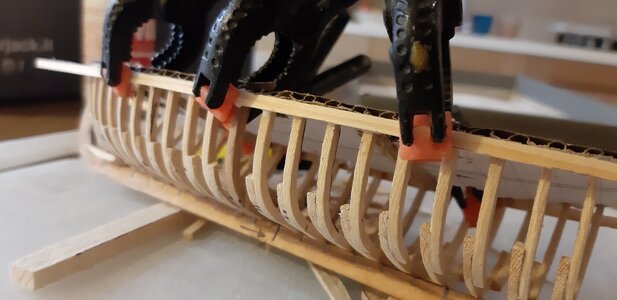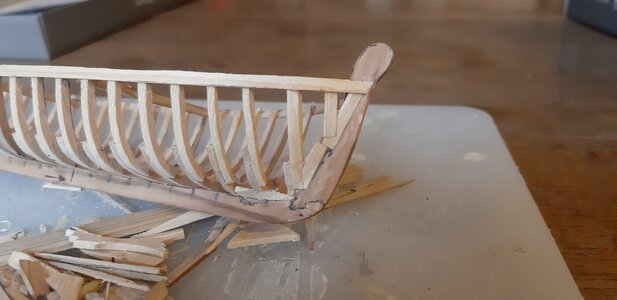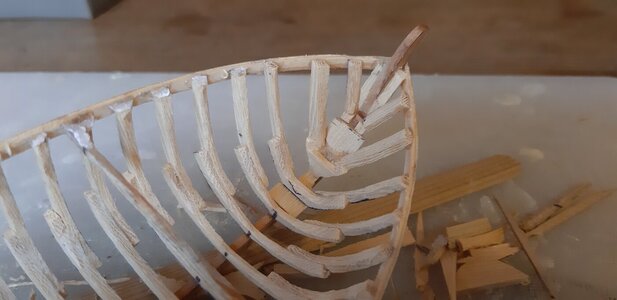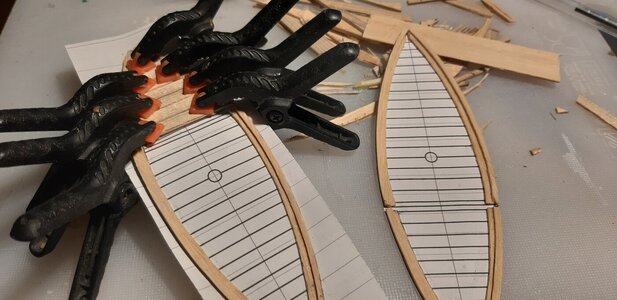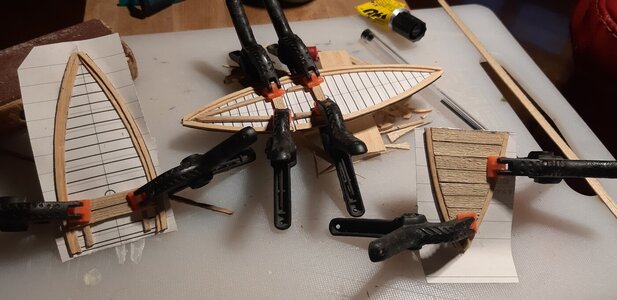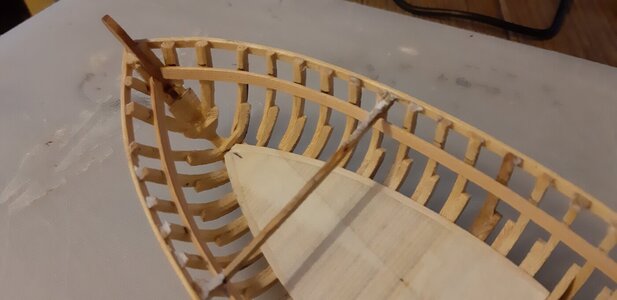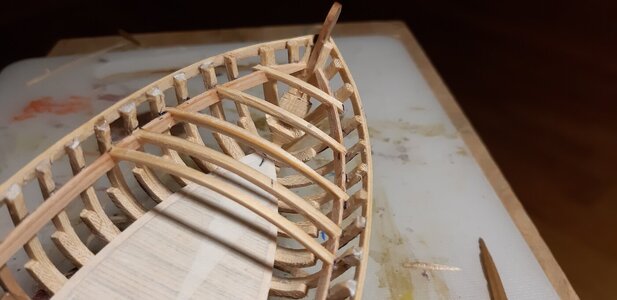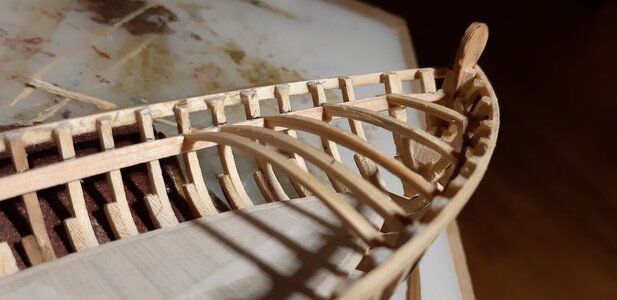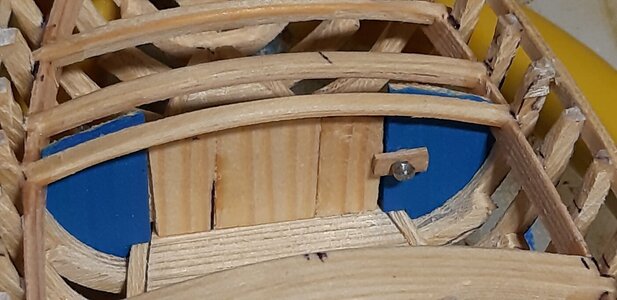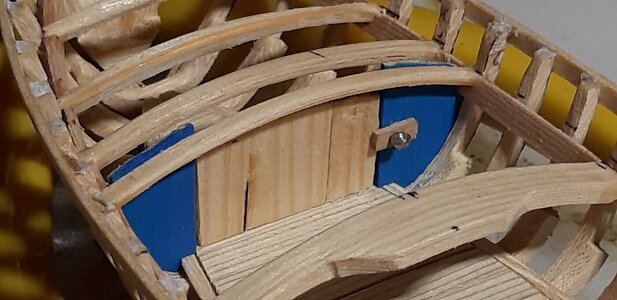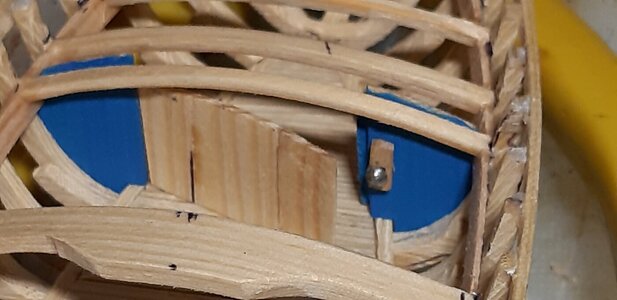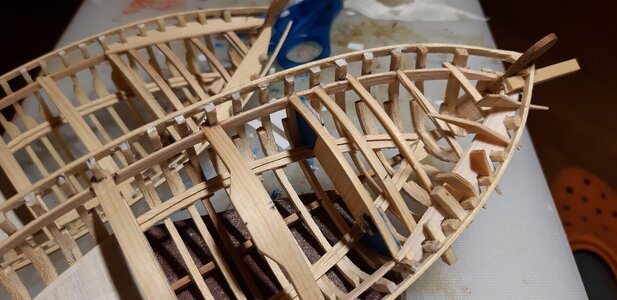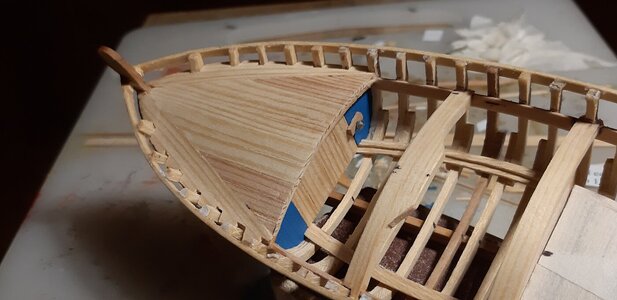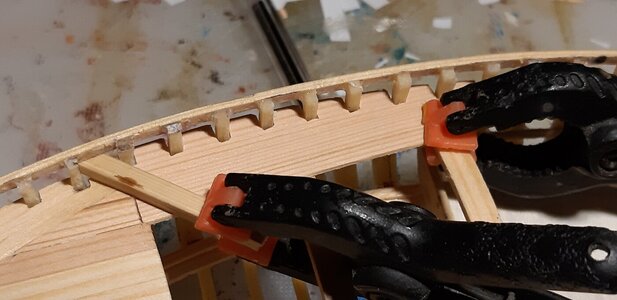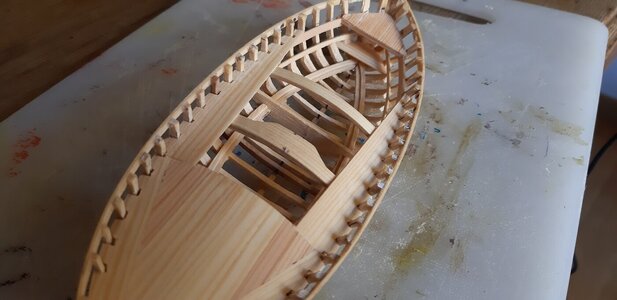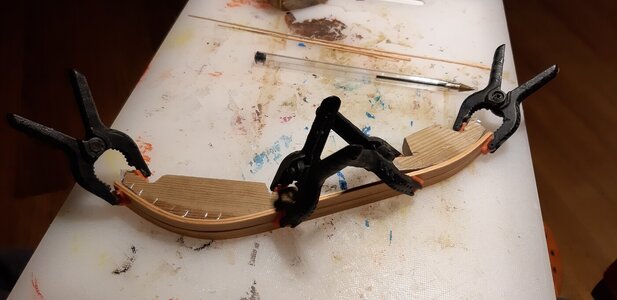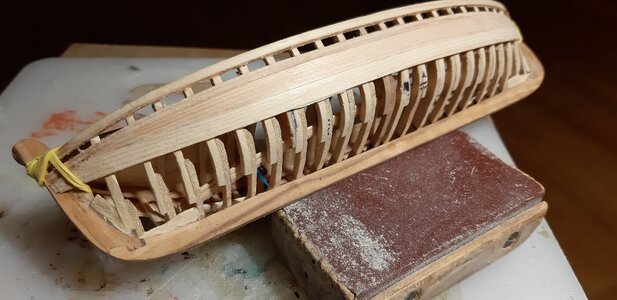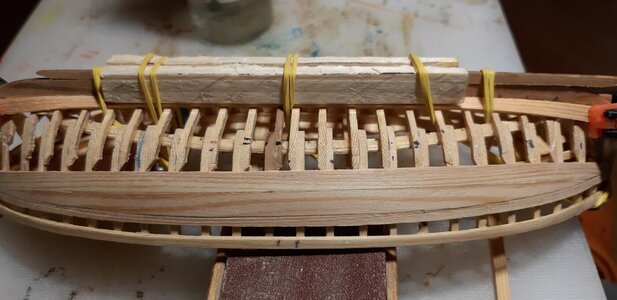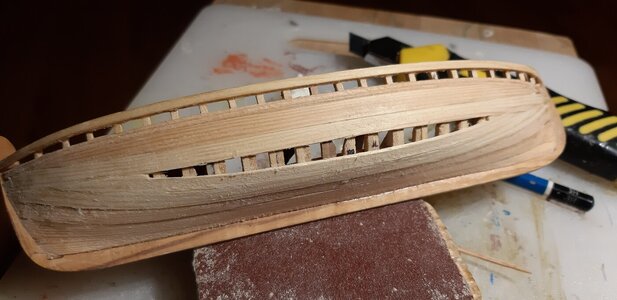I will present the construction of a couple of fishing boats typical of the Gulf of Catania.
The original idea was to build the boat commonly used today with oars or outboard motors.
My projects are based on my own photos taken in local ports so I have the habit of making boats that are still available today.
Visiting the italian forum of ship modelers made me want to build something more important and with sailing.
I then documented myself on the oldest boats, when fishermen used the latin sail and I tried to adapt my hull to that use.
This type of boat has almost completely disappeared, only a few enthusiasts still use it.
Near Catania, in Acitrezza there is still a shipyard that works in the old way, you can find their story here, unfortunately only in Italian but the opening video is very nice.
In the same town there is also an artist, passionate of the ancient way of decorating these boats which had unique colors and decorations visible only in this area.
The project was carried out in two units, one, already completed, seen in my presentation, equipped and colored in modern use, the other, equipped with sail and decorated with traditional colors, is still in progress for the sailing equipment
A boat was born that is a reduced version of the typical sardara, the larger version will be the subject of a future project that I have already started to design.
the type of boat is of the type of "la Provvidenza" described by italian writer Giuseppe Verga in the masterpiece "I malavoglia".
My version is a 5m boat in real size and about 20cm in 1/24 scale. All my models are in this scale to be able to compare the dimensions, except maybe a next project that in that scale would be 80cm but this is another story.
Unfortunately I hardly know any technical terms in English, I will need some help on that.
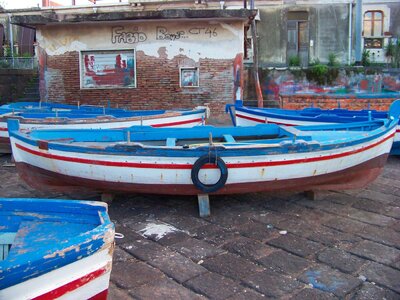
The original idea was to build the boat commonly used today with oars or outboard motors.
My projects are based on my own photos taken in local ports so I have the habit of making boats that are still available today.
Visiting the italian forum of ship modelers made me want to build something more important and with sailing.
I then documented myself on the oldest boats, when fishermen used the latin sail and I tried to adapt my hull to that use.
This type of boat has almost completely disappeared, only a few enthusiasts still use it.
Near Catania, in Acitrezza there is still a shipyard that works in the old way, you can find their story here, unfortunately only in Italian but the opening video is very nice.
In the same town there is also an artist, passionate of the ancient way of decorating these boats which had unique colors and decorations visible only in this area.
The project was carried out in two units, one, already completed, seen in my presentation, equipped and colored in modern use, the other, equipped with sail and decorated with traditional colors, is still in progress for the sailing equipment
A boat was born that is a reduced version of the typical sardara, the larger version will be the subject of a future project that I have already started to design.
the type of boat is of the type of "la Provvidenza" described by italian writer Giuseppe Verga in the masterpiece "I malavoglia".
My version is a 5m boat in real size and about 20cm in 1/24 scale. All my models are in this scale to be able to compare the dimensions, except maybe a next project that in that scale would be 80cm but this is another story.
Unfortunately I hardly know any technical terms in English, I will need some help on that.

Last edited:


